How to get pigs, chickens, and fish to eat grass
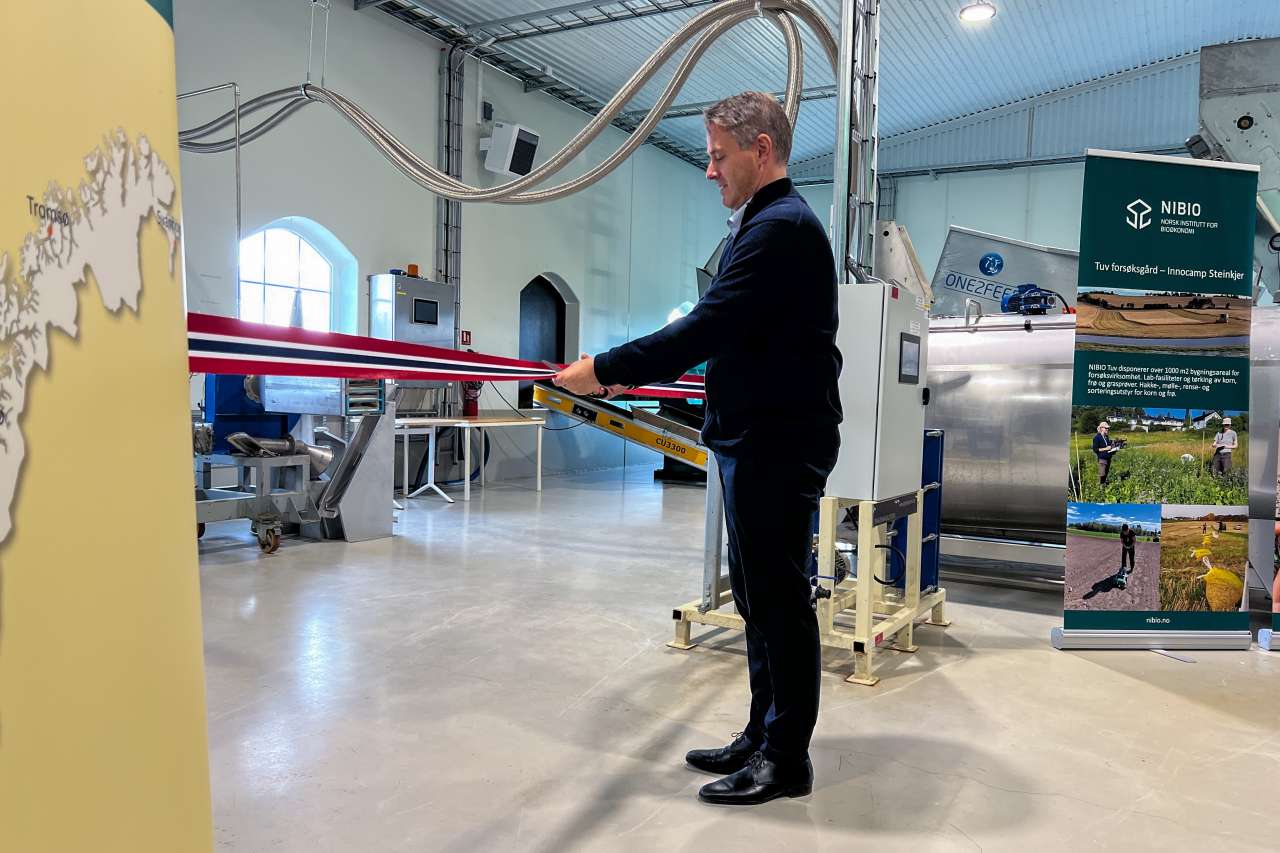
NIBIO Director General Ivar Horneland Kristensen cuts the ribbon for NIBIOs green biorefinery facility in Steinkjer. Photo: Anette Tjomsland Spilling
Green biorefining of grass can provide Norway with domestically produced protein feed, comparable to imported soy from Brazil.
Currently, grass is mainly used directly as animal feed for cows and other ruminants. These animals have multi-compartmental stomachs that are specialized in breaking down plant fibres.
In a biorefining process, the plant material receives rough treatment in a screw press, releasing valuable nutrients from the plant cells together with the liquid fraction. This allows grass proteins to be concentrated into a protein feed that is digestible even for animals with a simple stomach, such as poultry, pigs and fish.
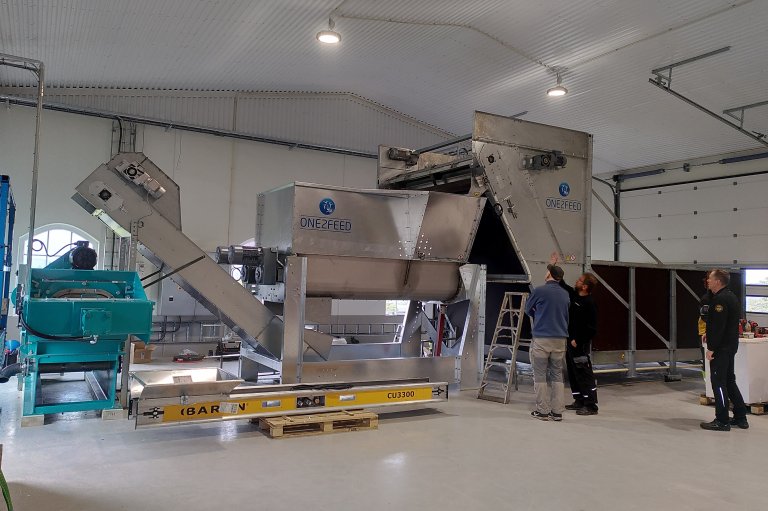
More than 50% of agricultural production in Norway is grass
NIBIO recently opened Norway’s first pilot plant for green biorefining at Tuv experimental farm in Steinkjer.
"Over 50% of agricultural production in Norway is grass. At the same time, we have a lot of seaweed along the Norwegian coast, with up to 30% protein content. We envision developing the plant along these two lines," said Audun Korsæth, Director of the Division of Food Production and Society at NIBIO, during the opening of the green biorefinery.
Korsæth emphasized that the combination of grass and algae would allow the biorefinery plant to be utilized throughout the year.
"There is a great need for new feed materials in the future, both in the fish farming industry and in chicken and other livestock production," says Gjermund Bahr, Senior Advisor in the Department of Biomarine Resource Valorisation at NIBIO. Bahr, who used to work in the aquaculture industry, points out that the biorefining process releases many nutrients that are compatible with requirements in the aquaculture industry.

Building on experience from Denmark
The pilot plant has been developed in collaboration with researchers from Aarhus University, who have already established a demonstration plant and contributed to developing two commercial plants in Denmark. The Danish researchers already have several exciting results from trials with animal feed for chickens and pigs made from Danish ley.
"In a feeding trial with pigs, we tested a concentrate based on grass with 47% crude protein. The trial showed that we can add up to 15% of this in pig feed without any issues with meat quality. In more recent trials, we’ve confirmed that soy can be replaced without problems," says researcher Lene Stødkilde-Jørgensen from Aarhus University.
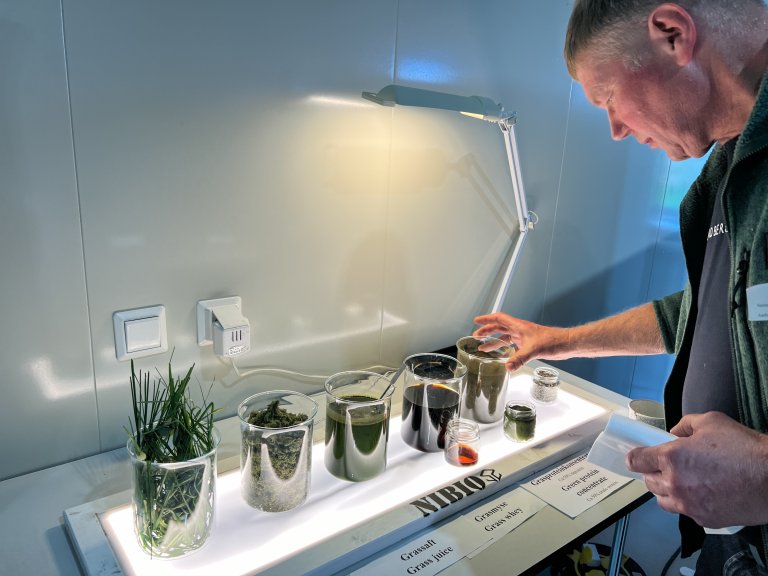
Feeding trials with chickens and cattle
NIBIO is also conducting feeding trials on chickens and cattle together with partners in the project "One Crop Two Diets." Dairy cows at Mære Agricultural School in Steinkjer have been fed pulp, which is the fibrous press residue left at the end of the biorefinery process.
"We expect that the cows will produce the same amount of milk regardless of whether they are fed pulp or regular silage. However, we think cows eating pulp will need less time to ruminate in order to fully digest their feed, which could either reduce the need for concentrated feed in the dairy cow diet or result in the animals belching less and thus releasing less methane," says Haldis Kismul, Research Scientist at the Department of Grassland and Livestock in NIBIO.
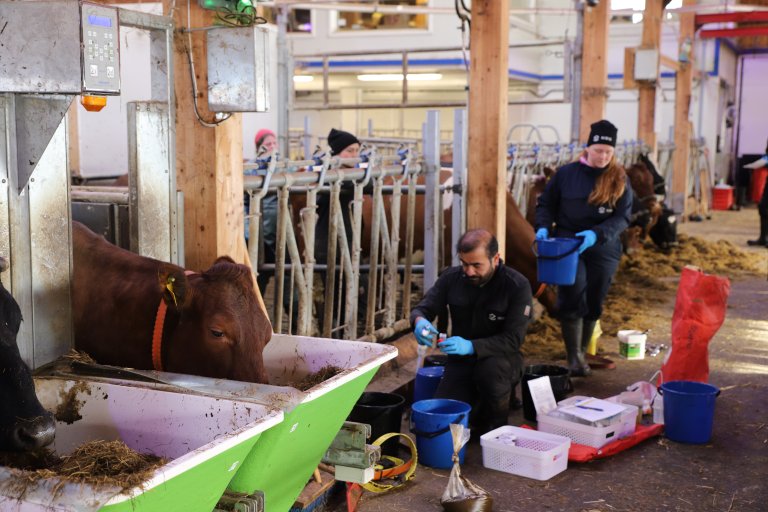
The challenges: volume, quality, and economy
However, more research is needed before feed production from green biorefinery may be economically viable. In Denmark, grass protein is still two to three times more expensive than imported soy.
"In terms of concentrated feed, we lack protein, especially for chickens. The challenge is that feed factories need large volumes of consistent quality, and we need to produce feed that is economically viable for farmers to use," says Kari Ljøkjel, Managing Director of Felleskjøpet Feed Development, one of the participants in the "One Crop Two Diets" project.
Researchers also want to explore how to create new high-value products from what remains after the most valuable protein concentrate has been extracted from the biorefinery process.
Steffen Adler, Research Scientist at the Department of Grassland and Livestock in NIBIO, and project leader for "One Crop Two Diets," is optimistic about the research opportunities that the new plant presents.
"This plant will be important for national and international research projects. It could also serve as a demonstration plant for collaboration with industry. I am very excited to see what we can achieve in the coming years."
Contacts
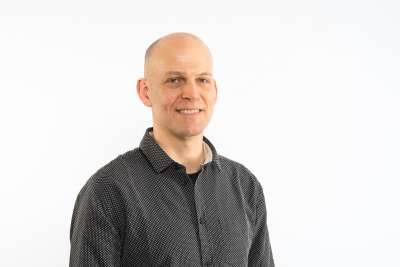
Steffen Adler
Research Scientist
-
Division of Food Production and Society
(+47) 404 82 199 steffen.adler@nibio.no Office Location: Tingvoll
Facts about Green Biorefining
The green biorefinery process can have various main products and several byproducts.
Green protein concentrate has great potential as a protein source for pigs, poultry, and possibly also fish. It may serve as raw material for dietary supplements, or new medicines.
Grass whey is used either as fertilizer or as raw material for biogas production. Researchers are exploring new applications, such as in the production of single-cell protein, cosmetics, dietary supplements, or pharmacology.
Fiber pulp can be used as raw material for biogas production or ensiled and used as feed for ruminants. Researchers are exploring new areas of application e.g. in construction materials, textiles, or the paper industry.
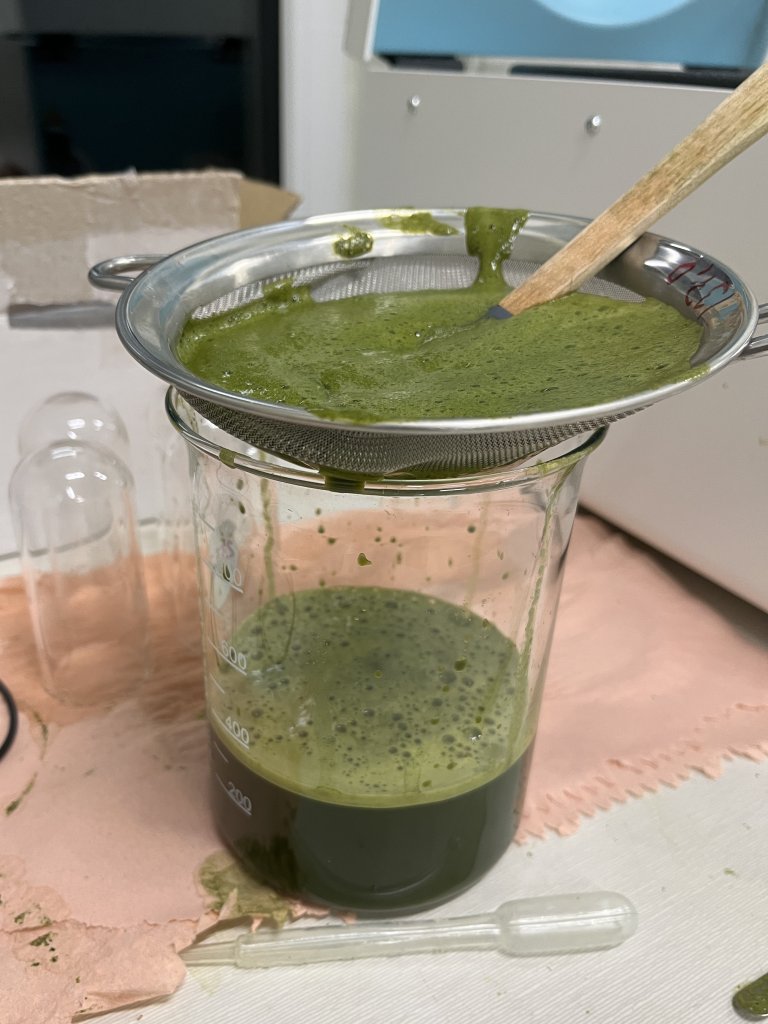
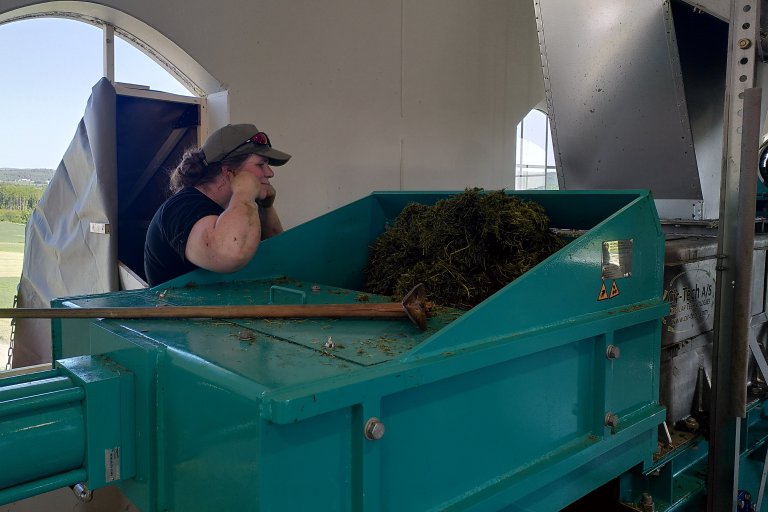
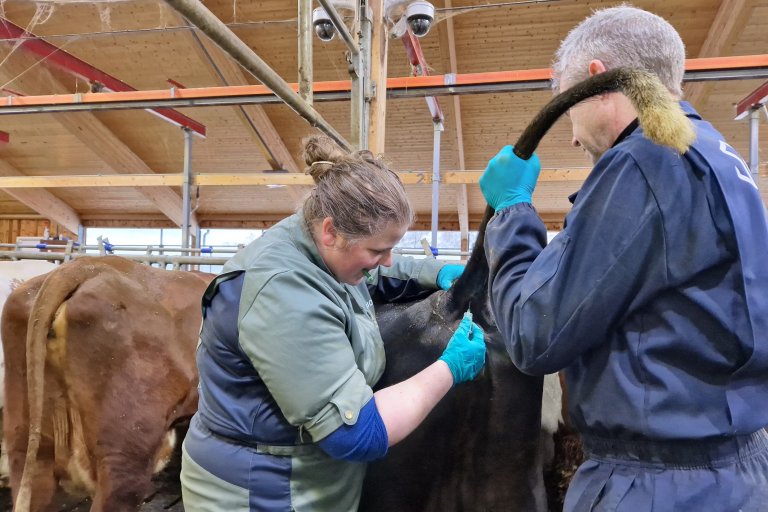
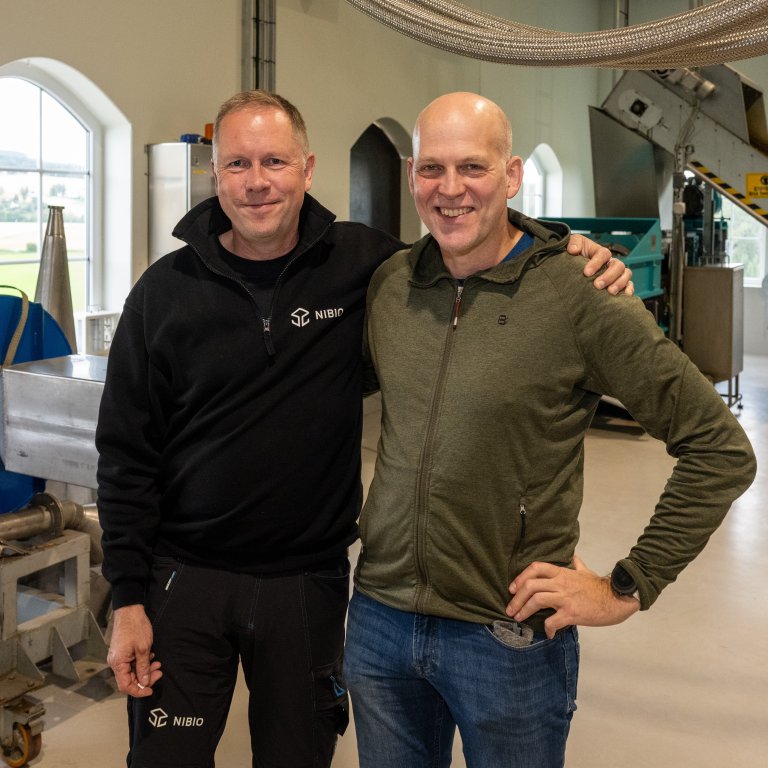

Contacts

Steffen Adler
Research Scientist
-
Division of Food Production and Society
(+47) 404 82 199 steffen.adler@nibio.no Office Location: Tingvoll
